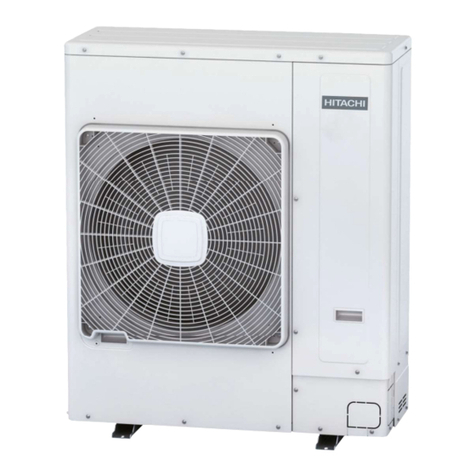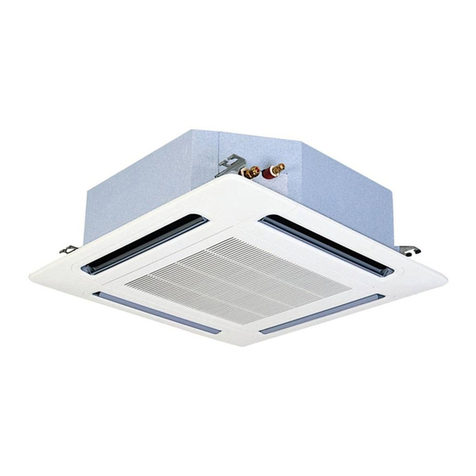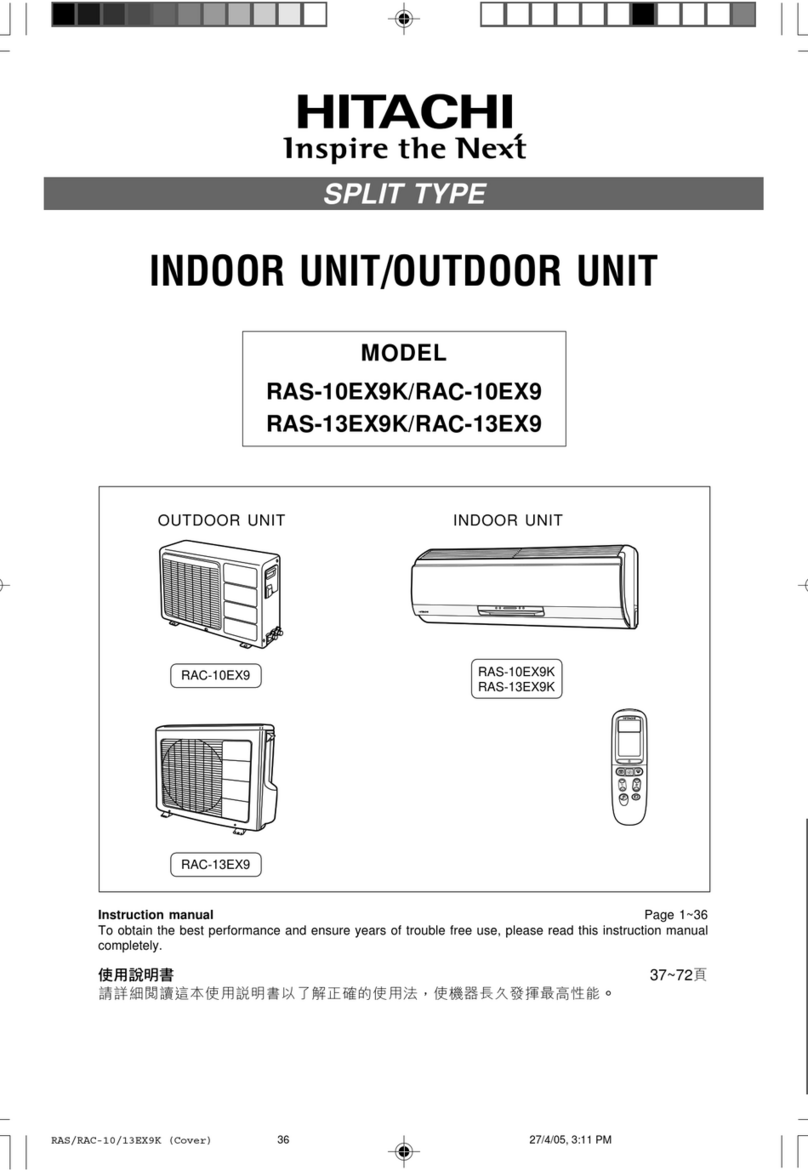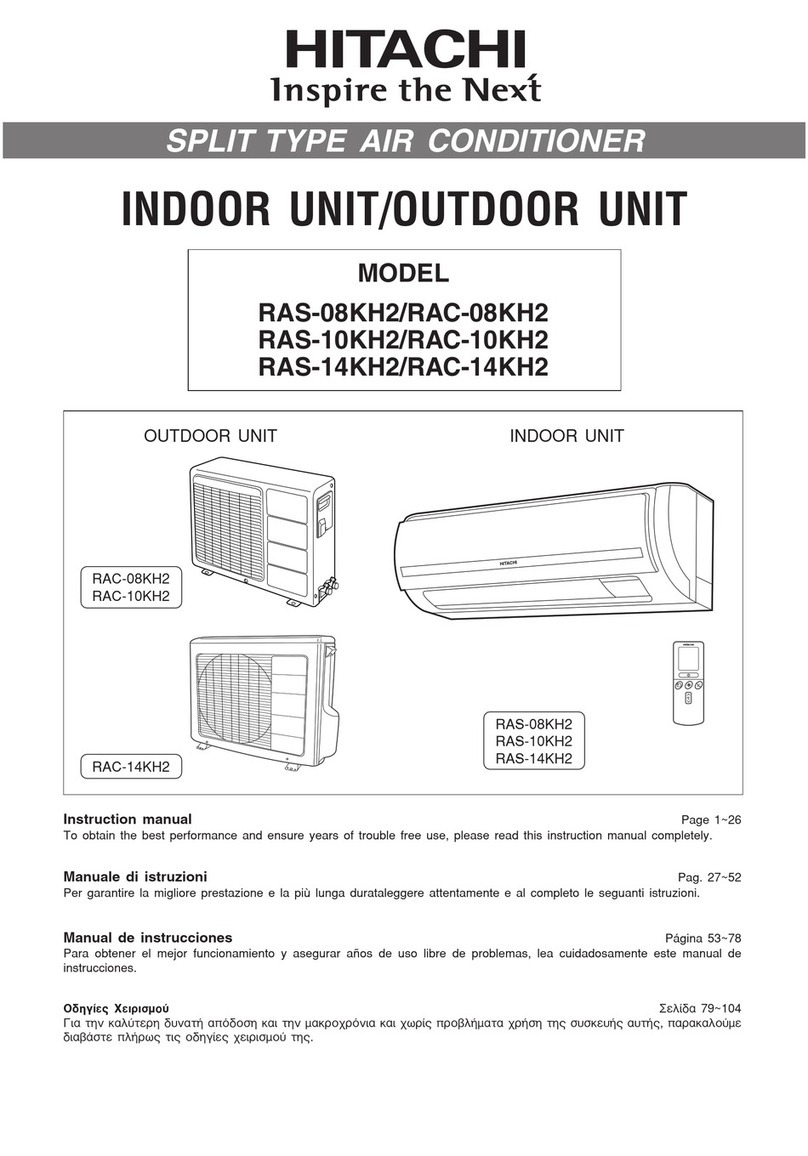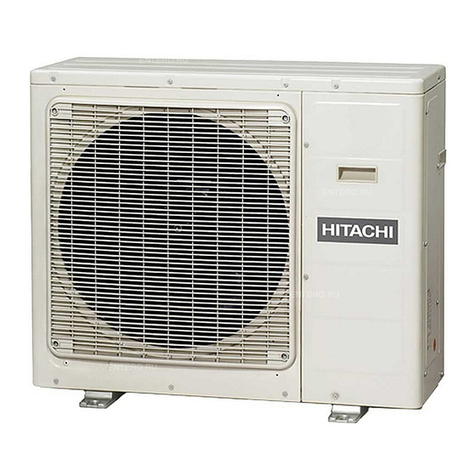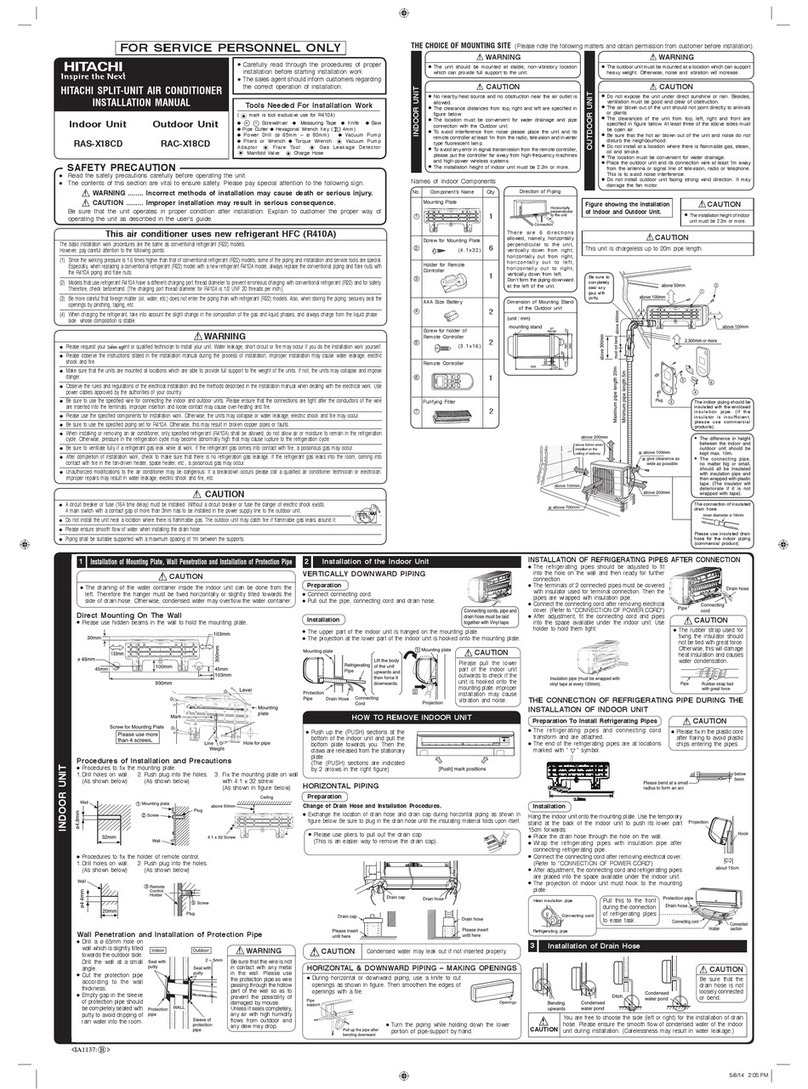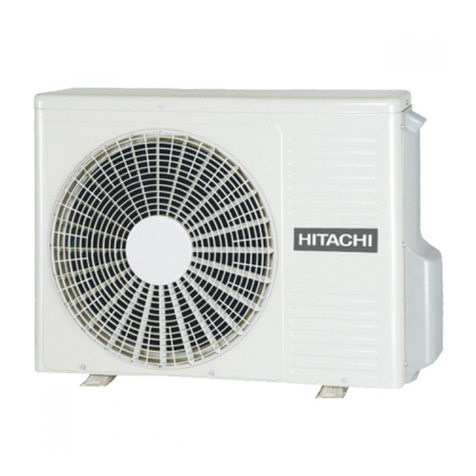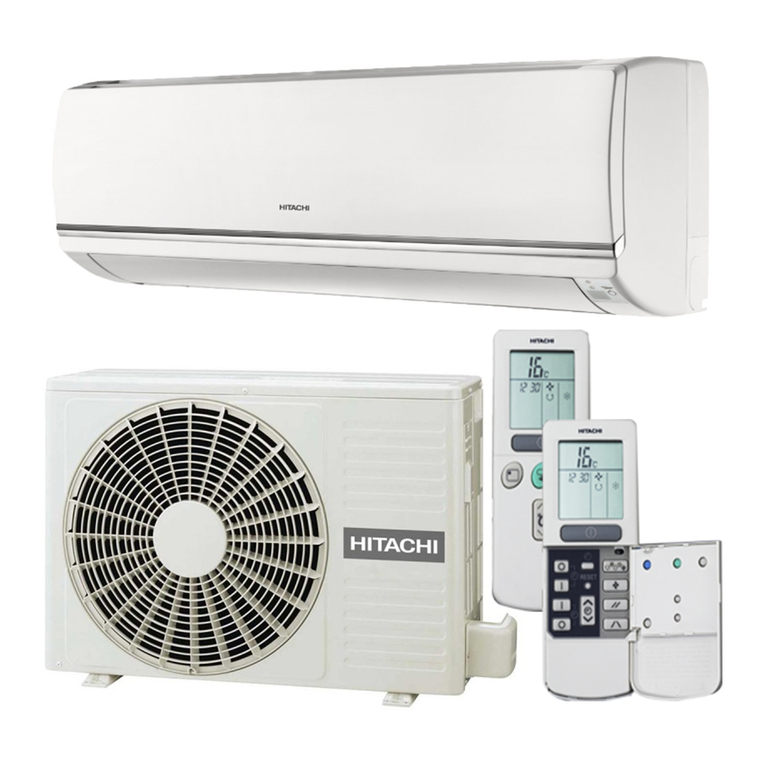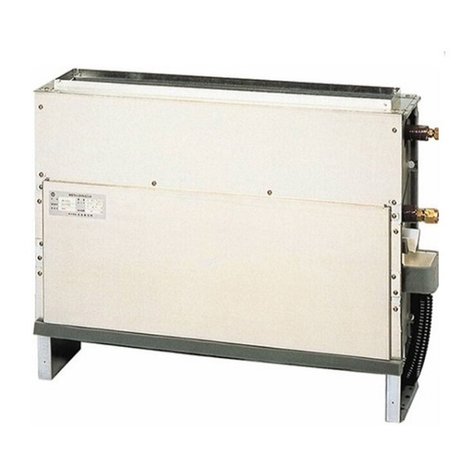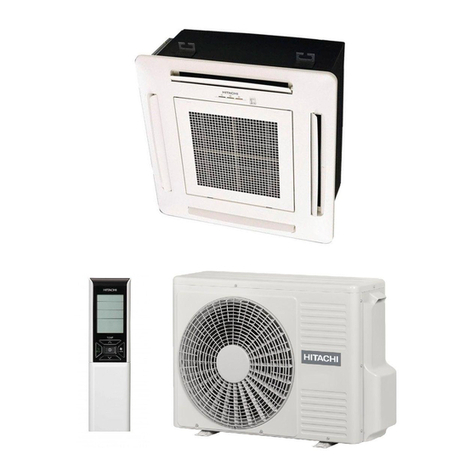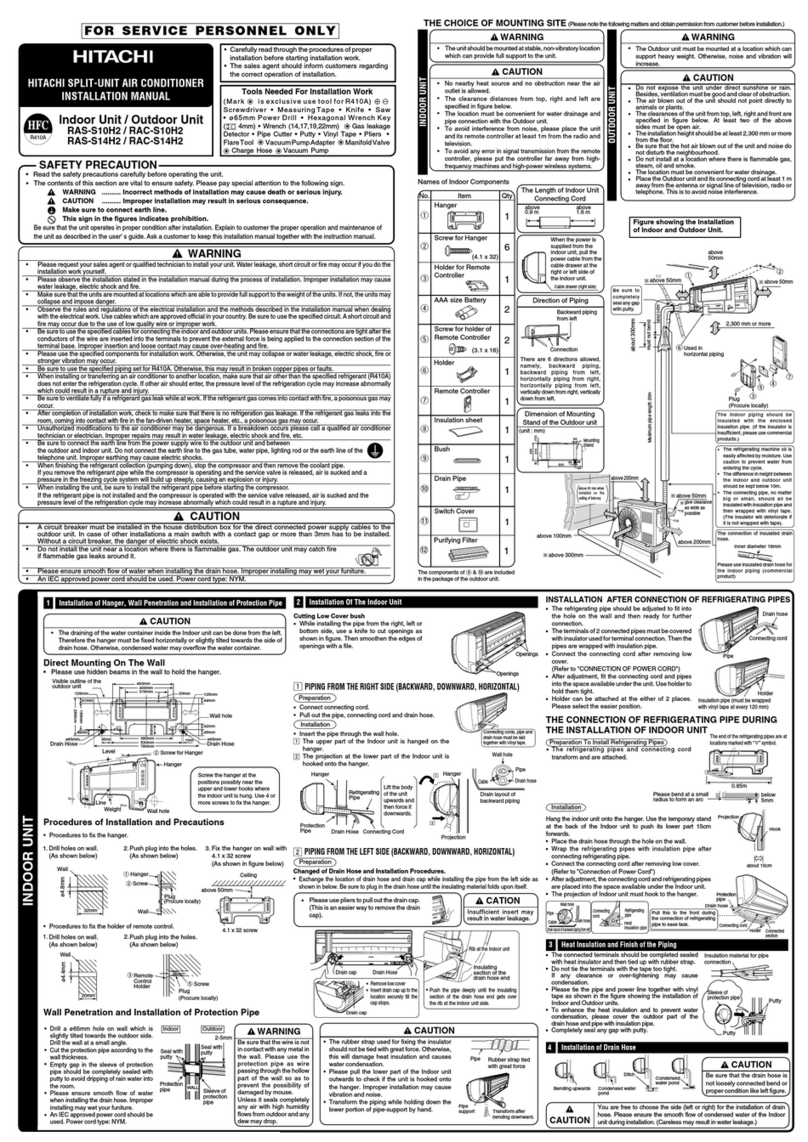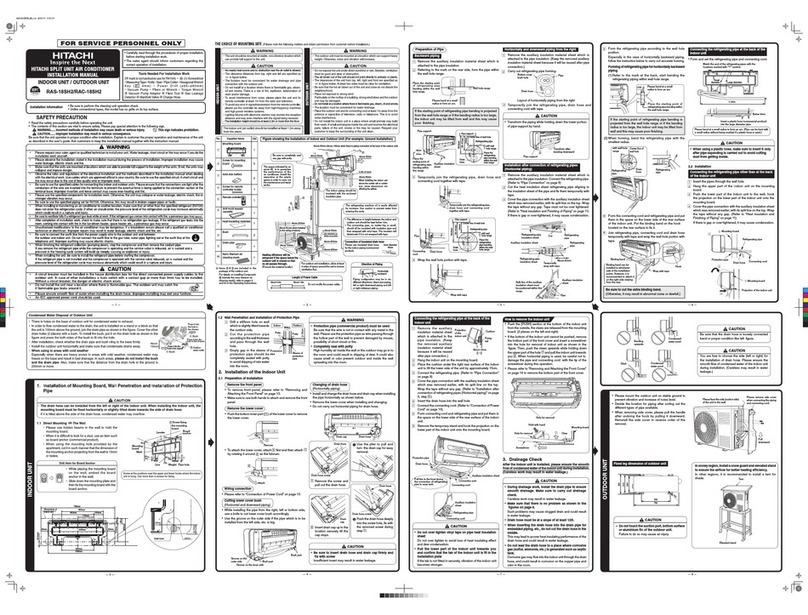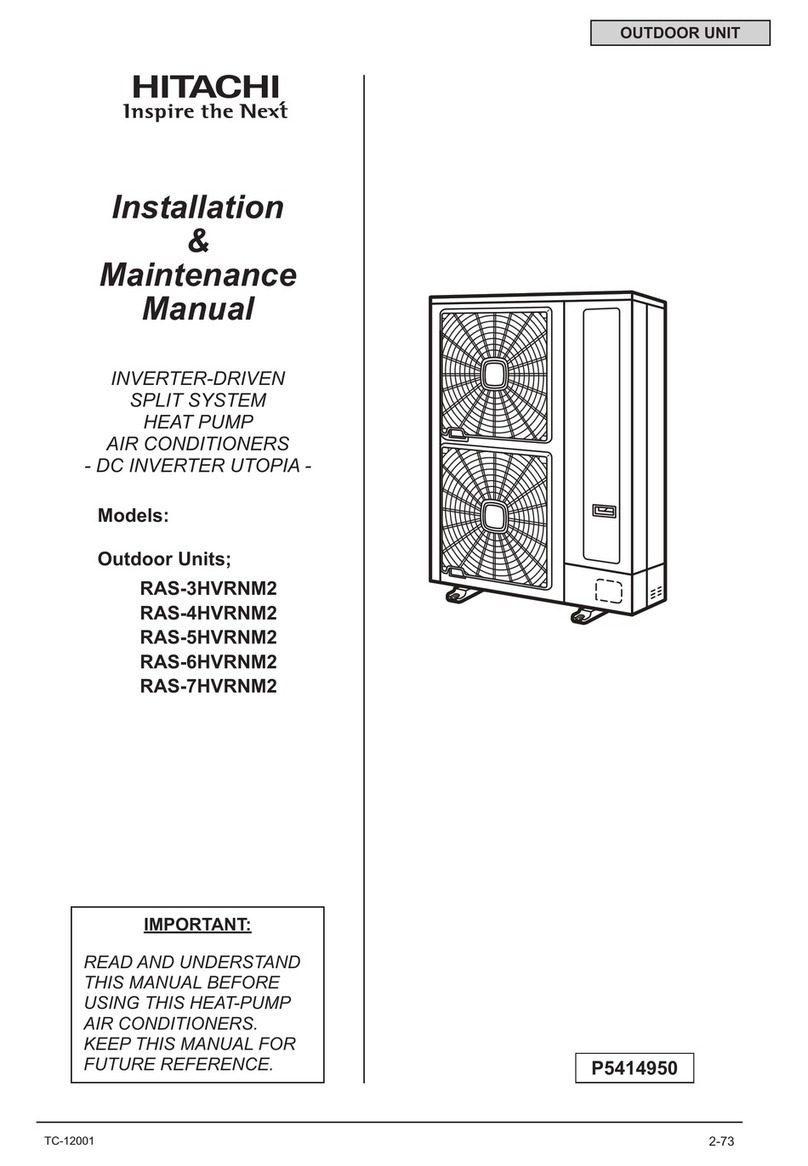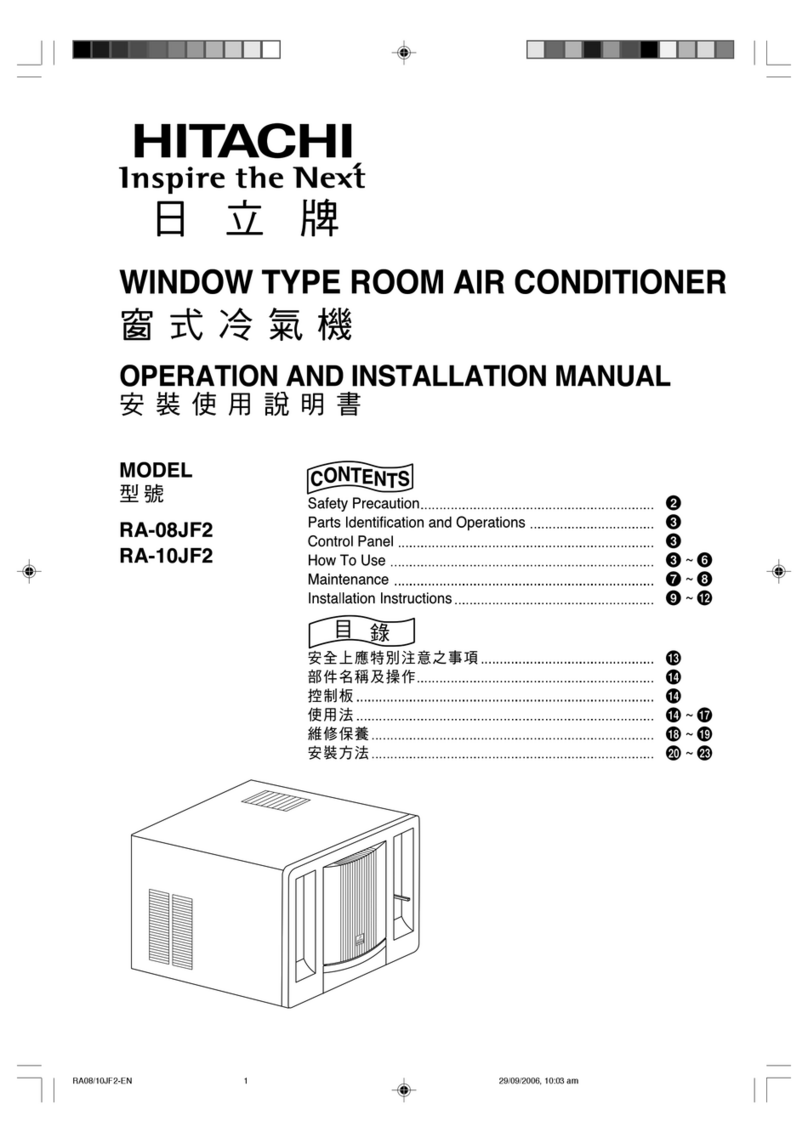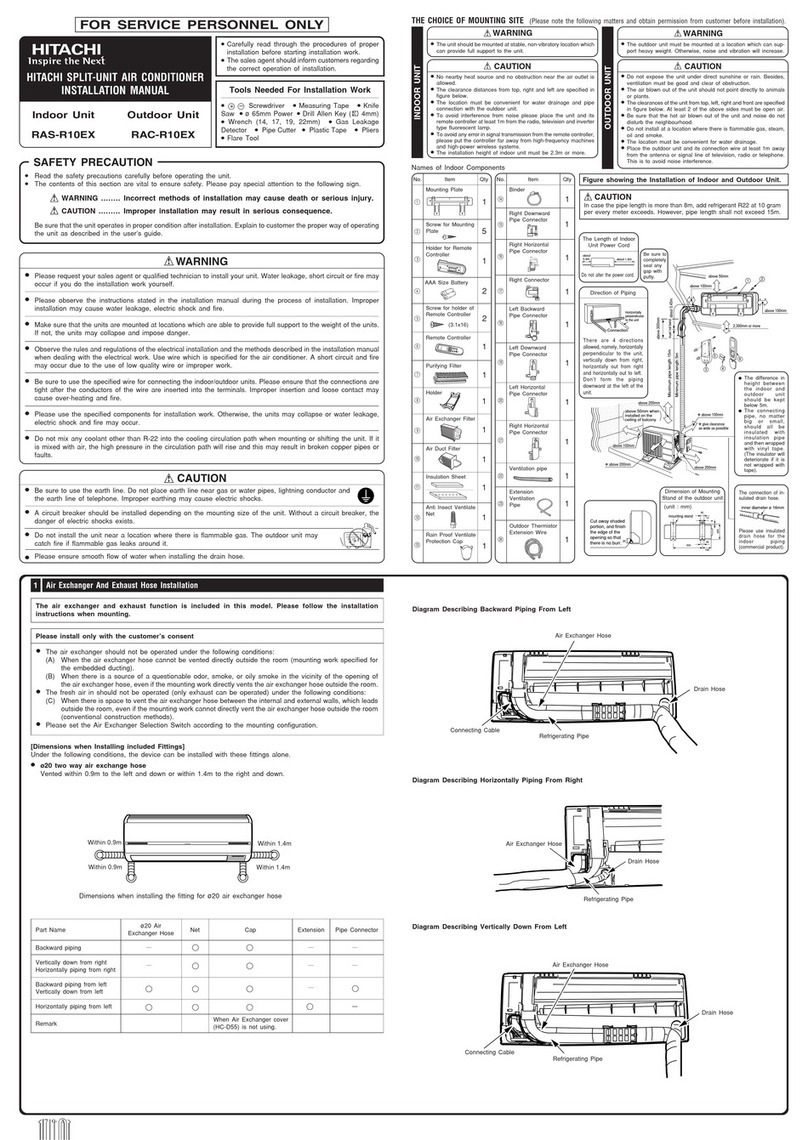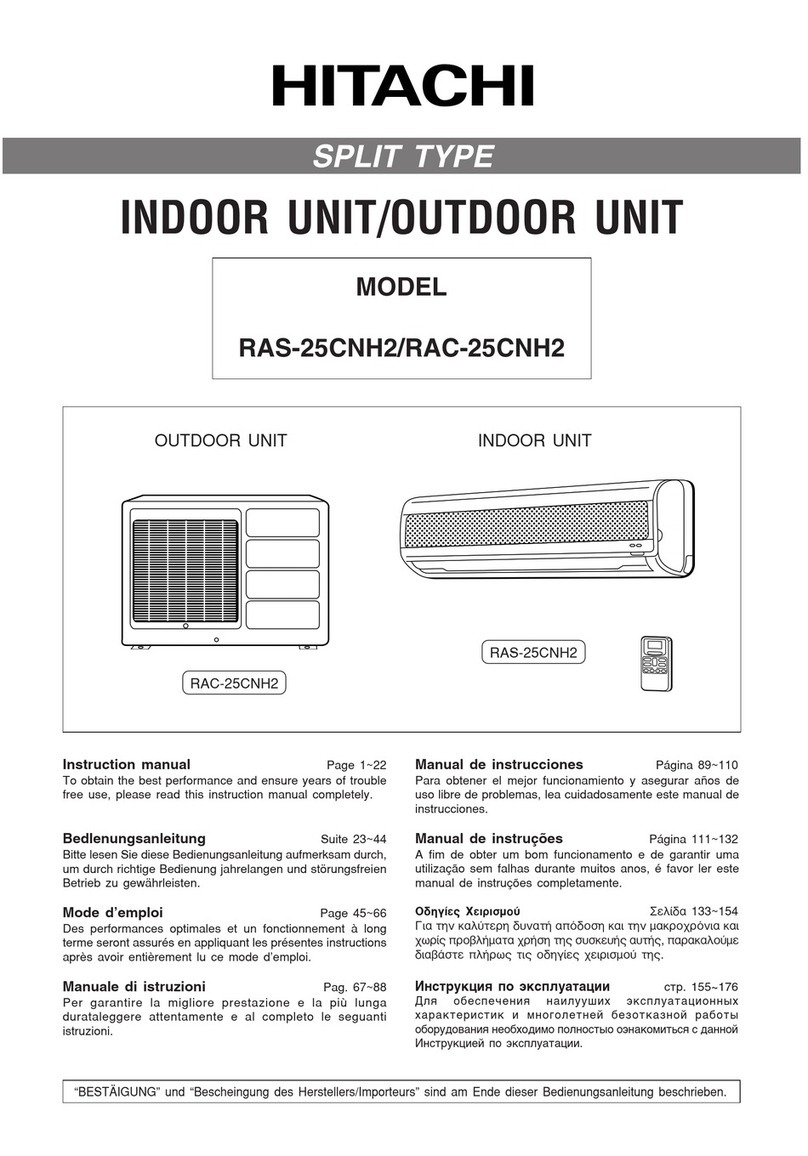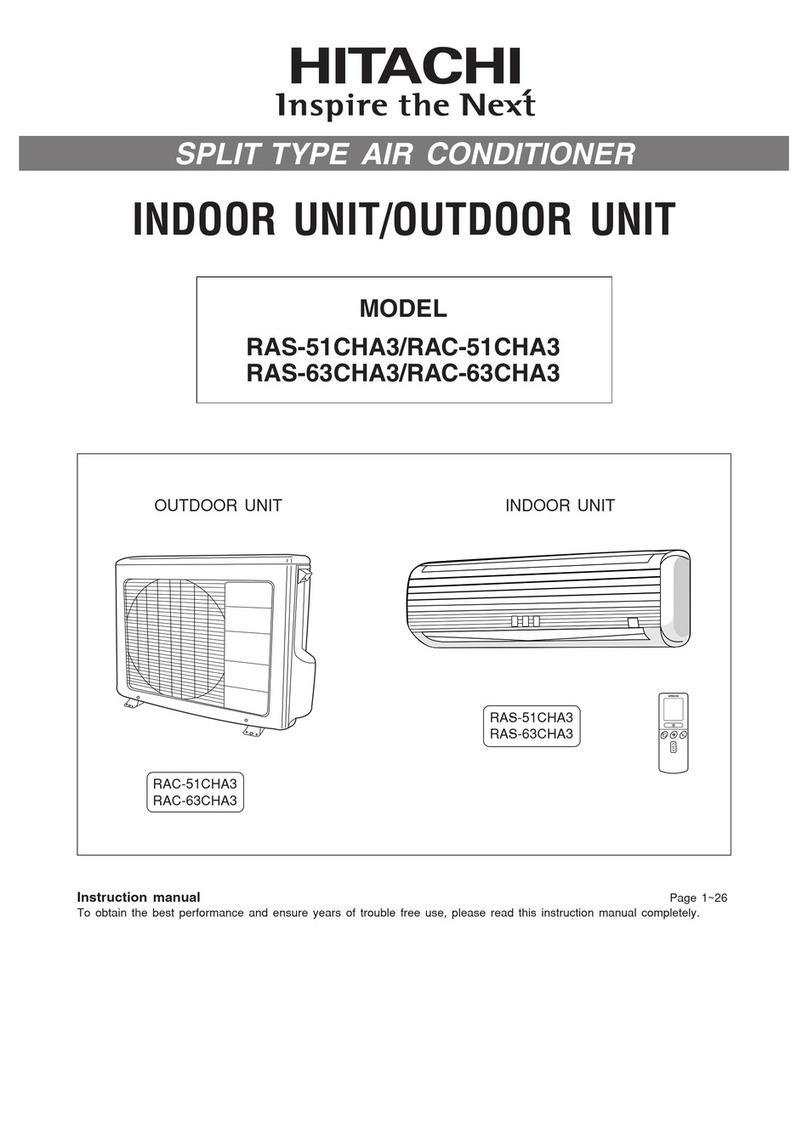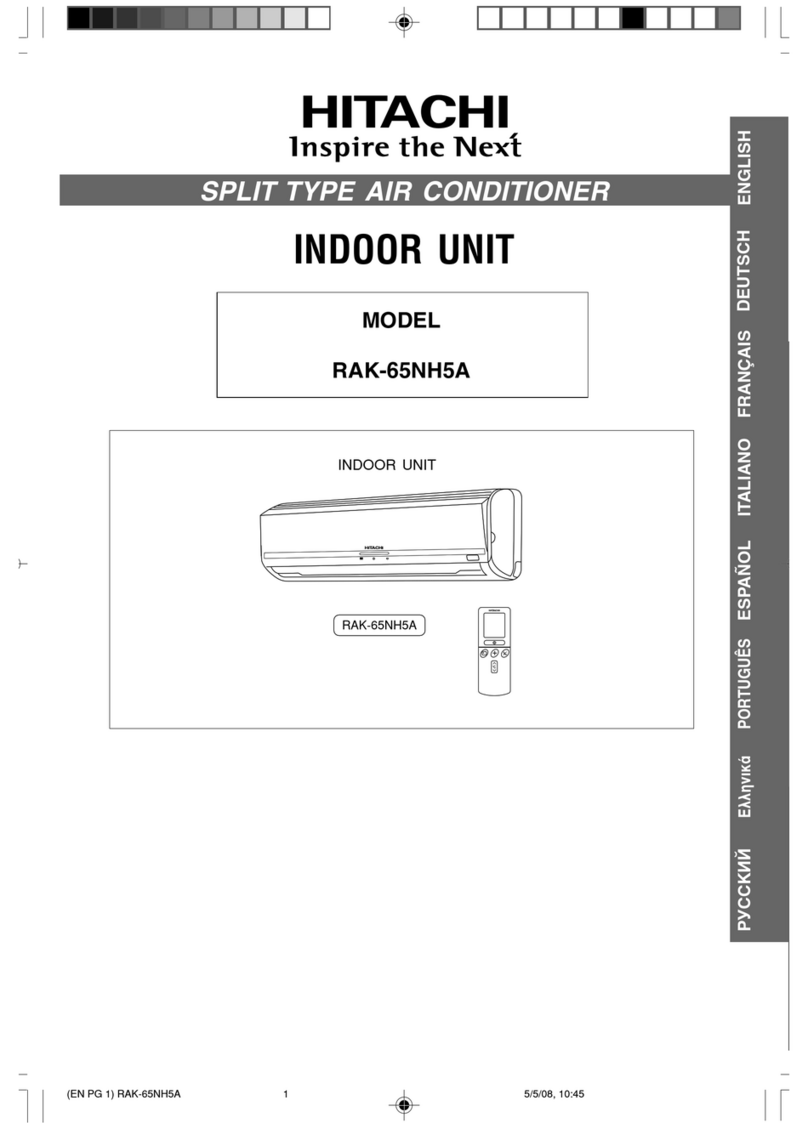
1. Safety Summary
3
even the specialized units cannot be used.
These products should not be installed in such
locations.
• Do NOT install this unit in any place where
silicon gases can coalesce. If the silicon gas
comes into contact with the surface of the heat
exchanger, the finned surfaces repel water. As a
result, moisture can enter from the condensate
pan into the electrical box, possibly causing
electrical failures.
• Do not place any flammable items or anything
that can cause a fire on or around the outdoor
unit. It may cause a fire.
• During the test run, check the unit’s operation
temperature. If the unit is used in an
environment where the temperature exceeds
the operation boundary, it may cause severe
damage. Check the working range in the
manual.
• The A-weighted emission sound pressure level
does not exceed 70 dB (A).
Installation Precautions
WARNING
To reduce the risk of serious injury or death,
the following installation precautions must be
followed.
• When installing the unit into:
○A wall: Make sure the wall is strong enough
to hold the unit’s weight. It may be
necessary to construct a strong wood or
metal frame to provide added support.
○A room: Properly insulate any refrigerant
piping run inside a room to prevent
"condensation" that can cause dripping and
water damage to wall and floors.
○Damp or uneven areas: Use a raised
concrete pad or concrete blocks to provide
a solid, level foundation for the unit to
prevent water damage and abnormal
vibration.
○An area with high winds: Securely anchor
the outdoor unit down with bolts and a
metal frame. Provide a suitable air baffle.
• Do NOT install the unit in the following places.
Doing so can result in an explosion, fire,
deformation, corrosion, or product failure.
○Explosive or flammable atmosphere
○Where a fire, oil, steam or powder can
directly enter the unit, such as nearby or
above a kitchen stove.
○Where oil (including machinery oil) may be
present.
○Where corrosive gases such as chlorine,
bromine, or sulfide can accumulate, such as
near a hot tub or a hot spring.
○Where dense, salt-laden airflow is heavy,
such as in coastal regions.
○Where the air quality is of high acidity.
○Where harmful gases can be generated from
decomposition.
• Do NOT position the condensate pipe for the
indoor unit near any sanitary sewers where
corrosive gases may be present. If you do, toxic
gases can seep into breathable air spaces and
can cause respiratory injuries. If the condensate
pipe is installed incorrectly, water leakage and
damage to the ceiling, floor, furniture, or other
possessions may result. If the condensate
pipe becomes clogged, water may drip from
the indoor unit. Do NOT install the indoor
unit where such dripping can cause moisture
damage or at uneven locations.
• During transportation, do NOT allow the
backrest of the forklift make contact with the
unit, otherwise, it may cause damage to the
heat exchanger and also may cause injury
when stopped or started suddenly.
• Before performing any brazing work, be sure
that there are no flammable materials or open
flames nearby.
• Remove gas inside the closing pipe when the
brazing work is performed. If the brazing filler
metal is melted with remaining gas inside, the
pipes will be blown off and it may cause injury.
• Be sure to use nitrogen gas for the airtight test.
If other gases such as oxygen gas, acetylene gas
or fluorocarbon gas are accidentally used, it
may cause an explosion or gas intoxication.
• Perform a test run to ensure normal operation.
Safety guards, shields, barriers, covers, and
protective devices must be in place while the
compressor/unit is operating. During the test
run, keep fingers and clothing away from any
moving parts.
• Do NOT install the indoor unit anywhere
discharge airflow can pass directly toward
nearby heating equipment (space heaters). It
may interfere with the combustion process in
these units.
• When the indoor unit is operating with heating
equipment, ventilate the room sufficiently. Any
leaked refrigerant gas that happens to come
into contact with any heat source can become
